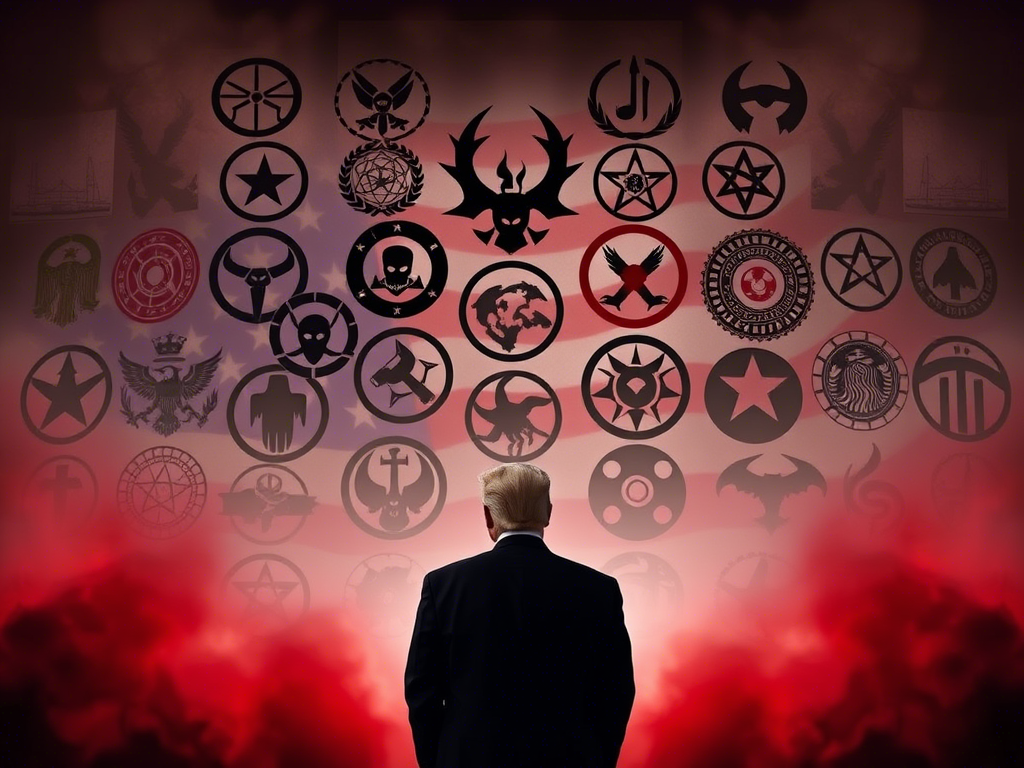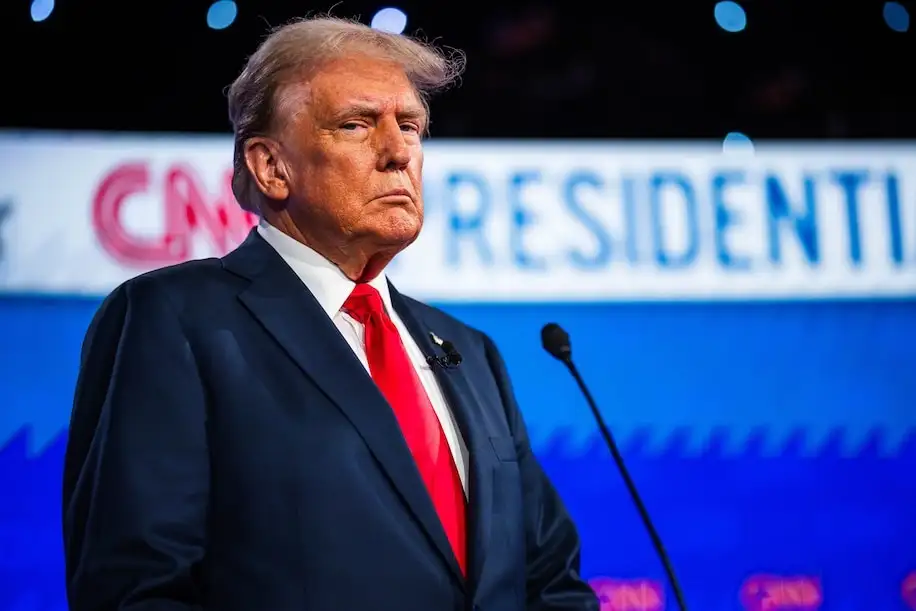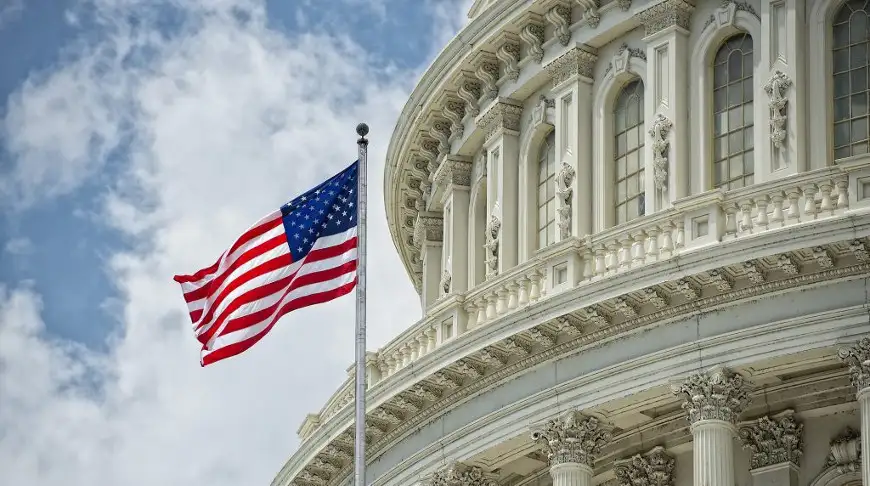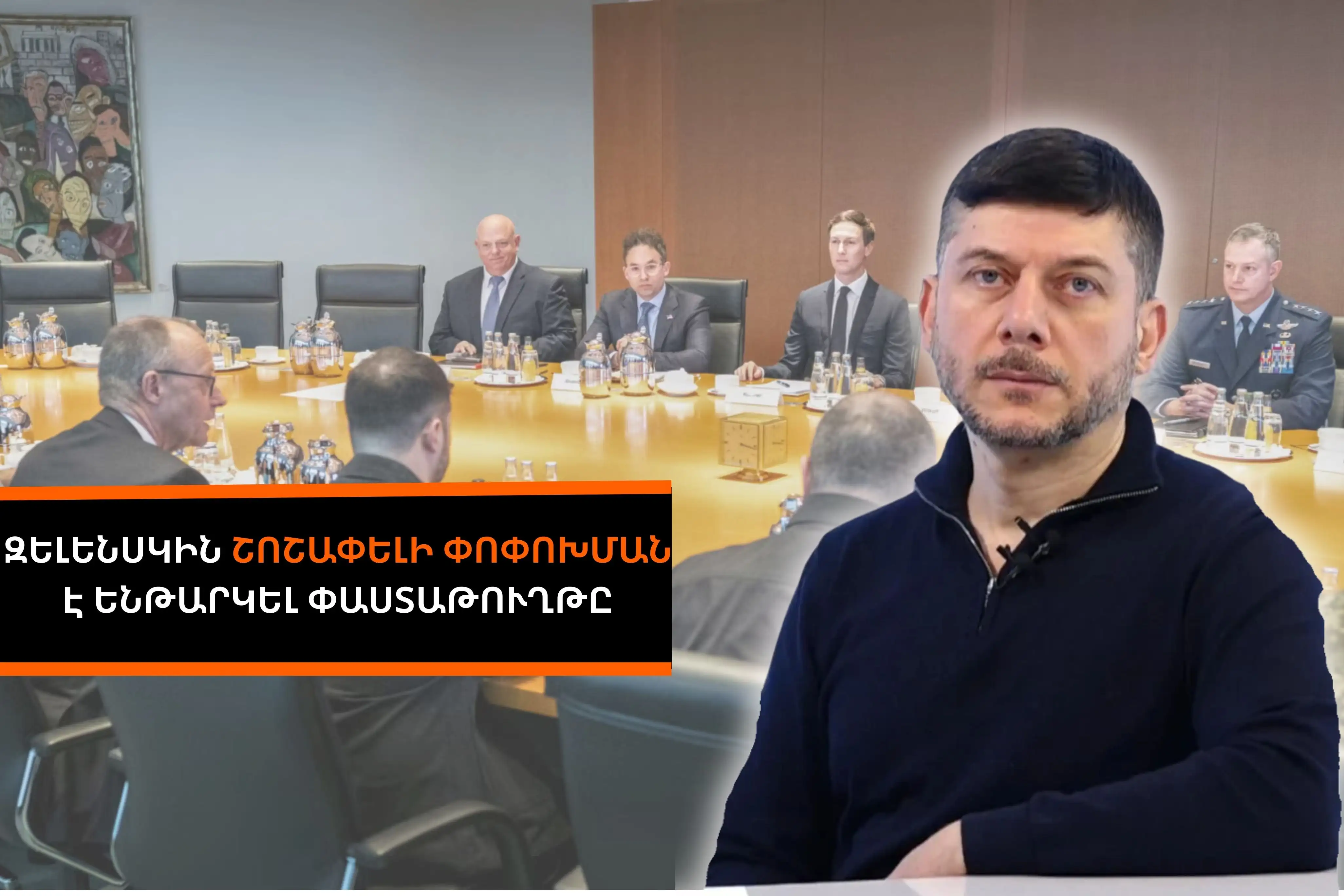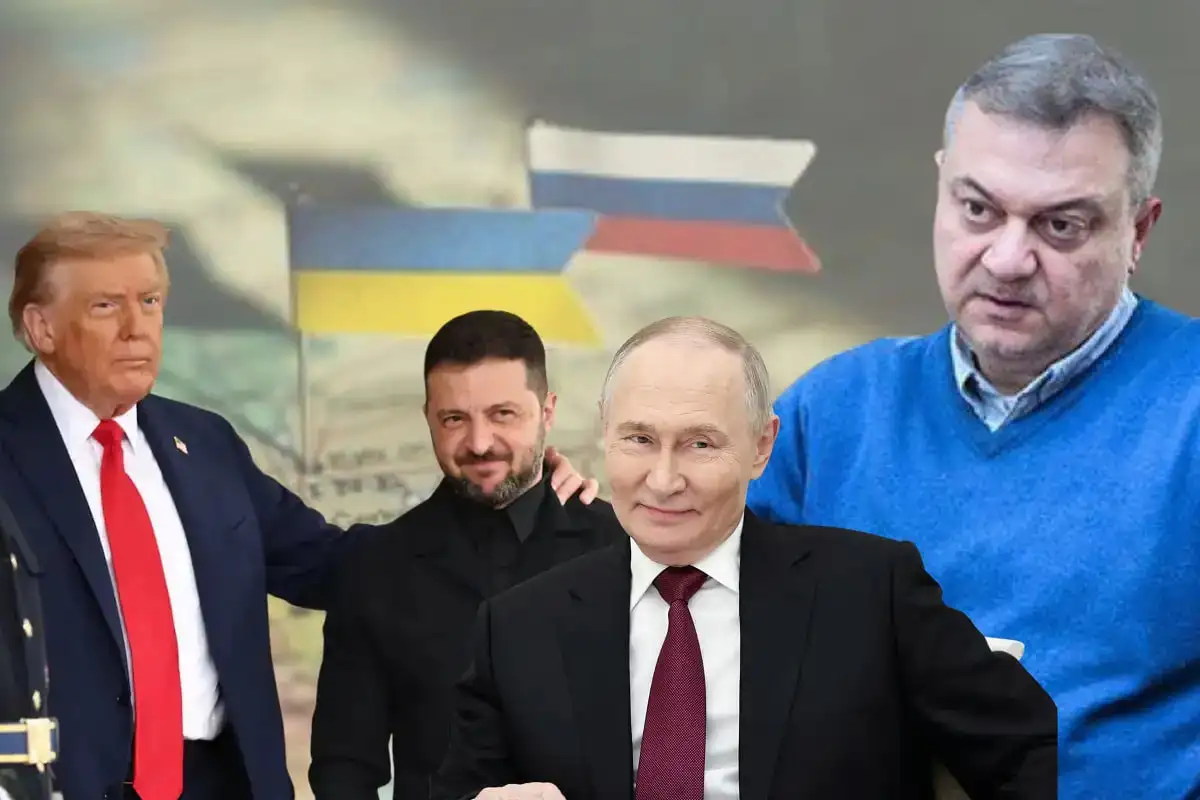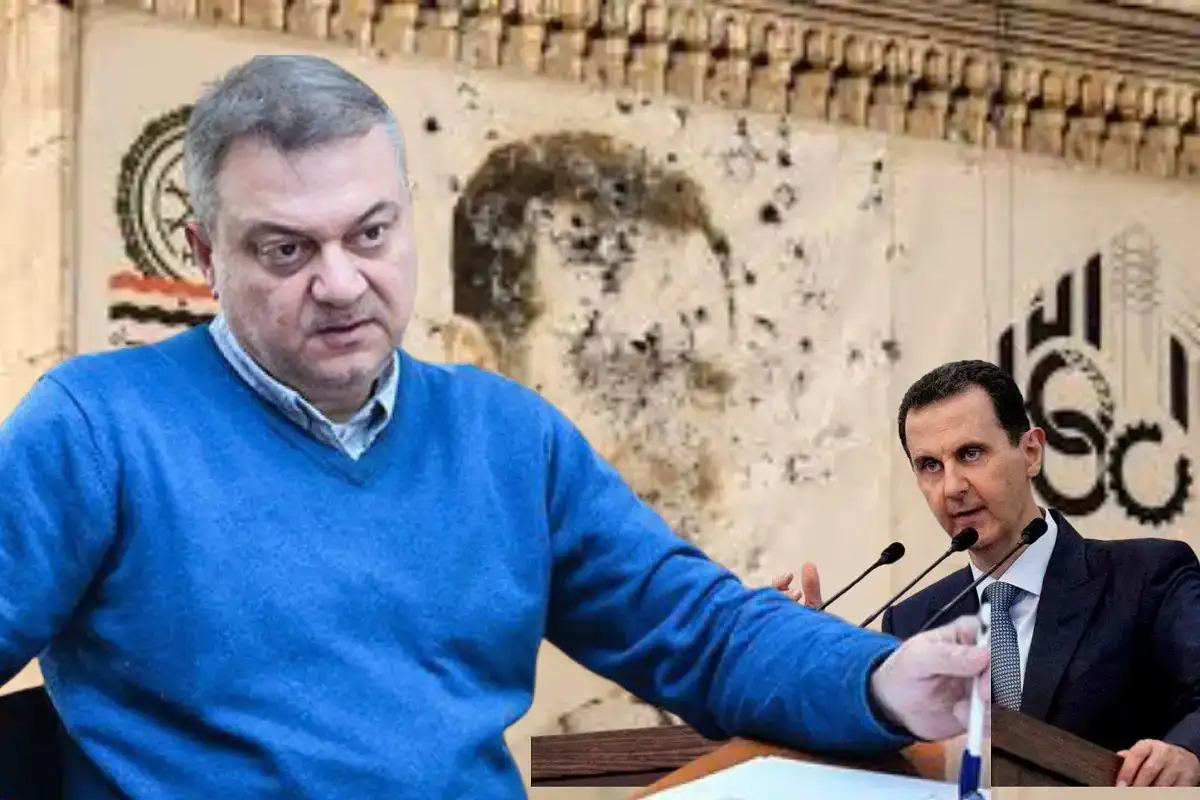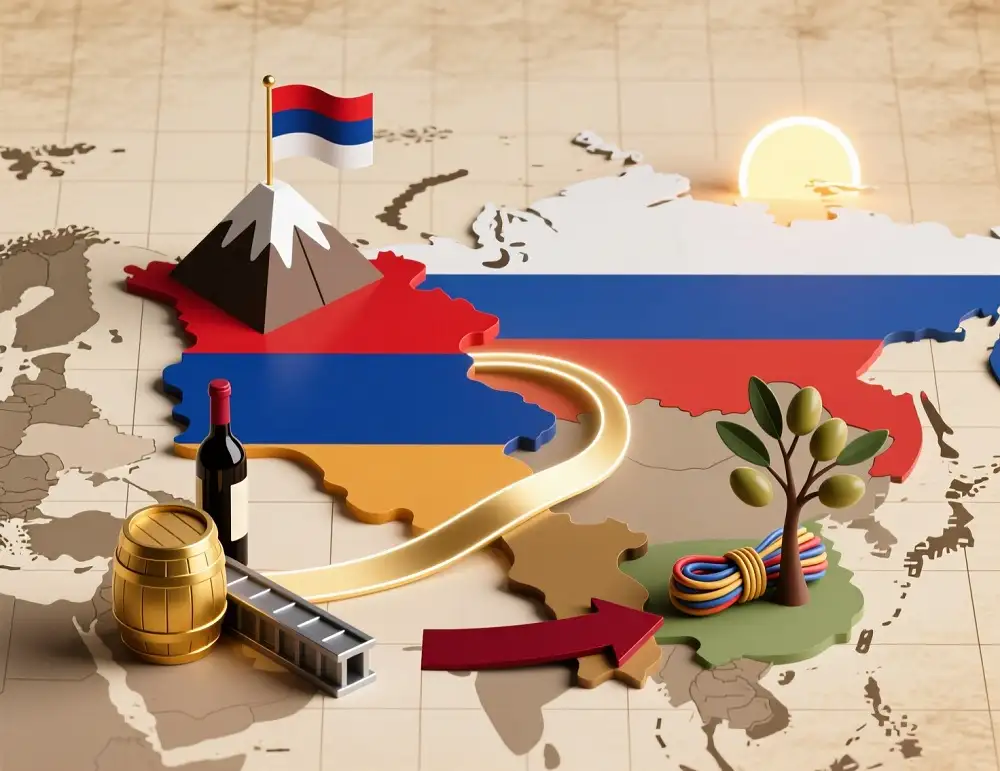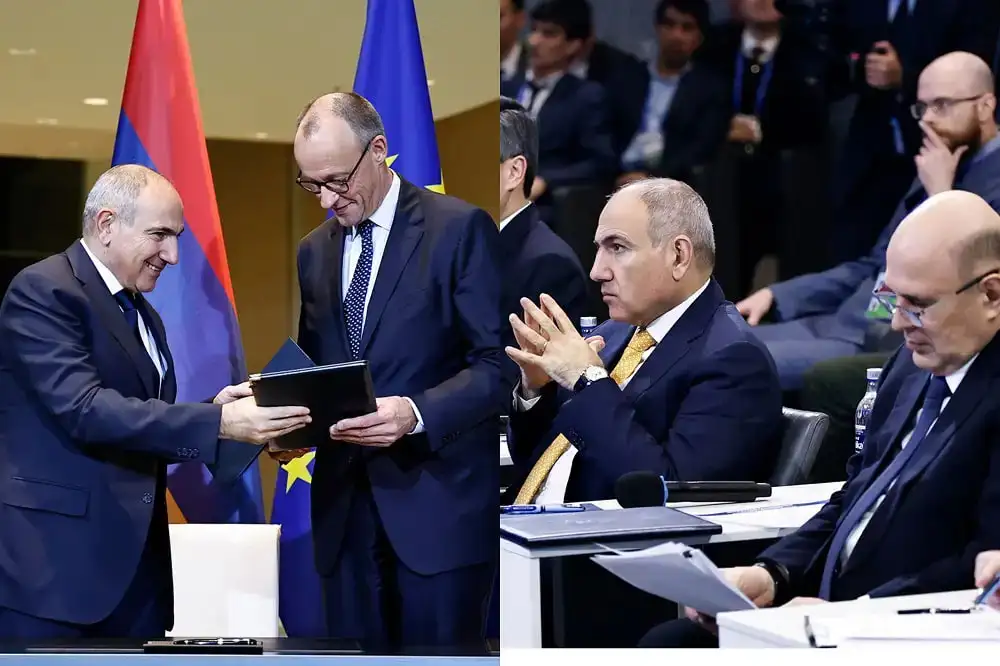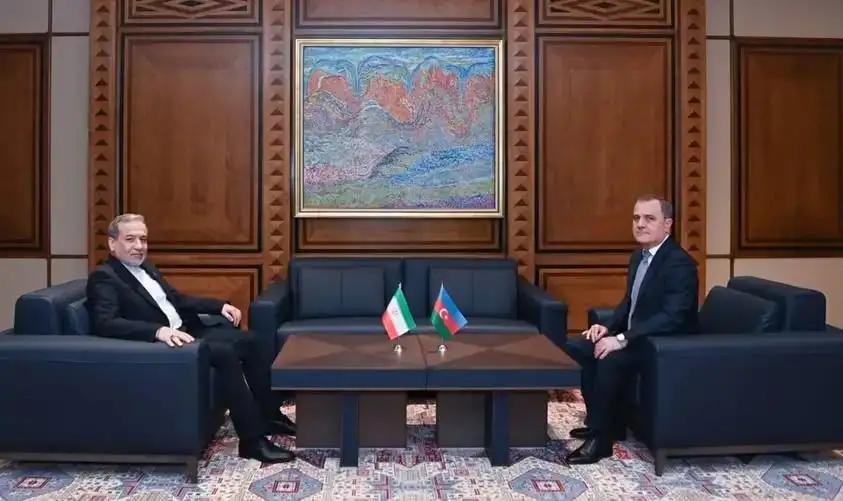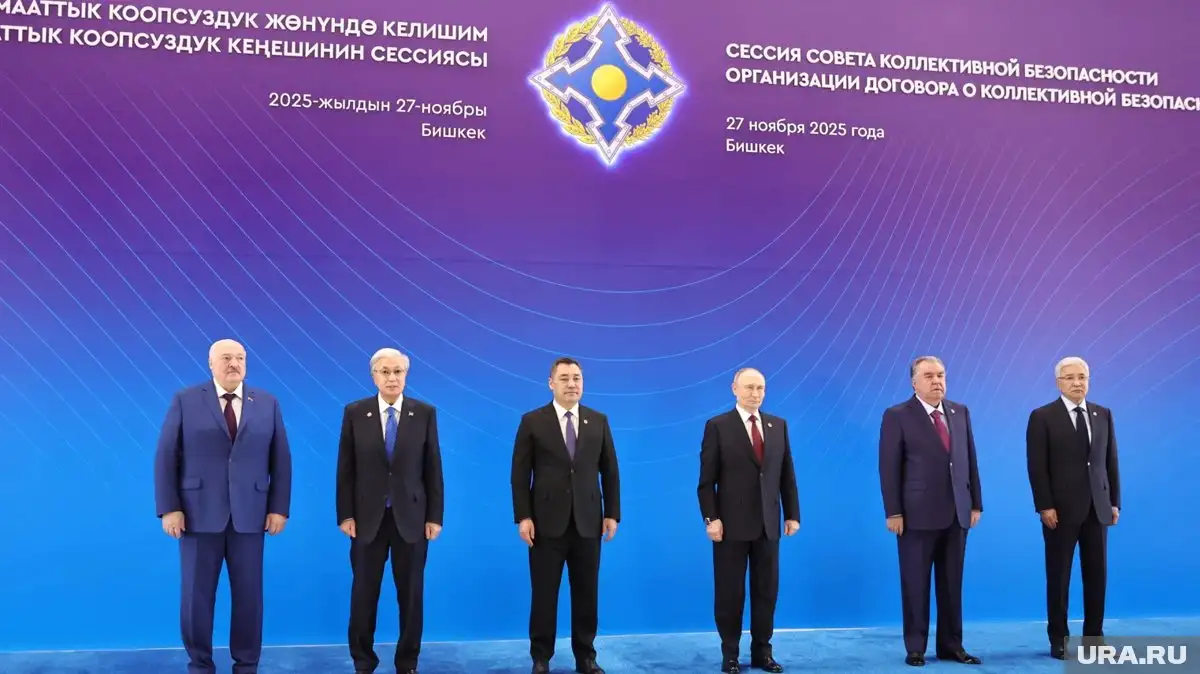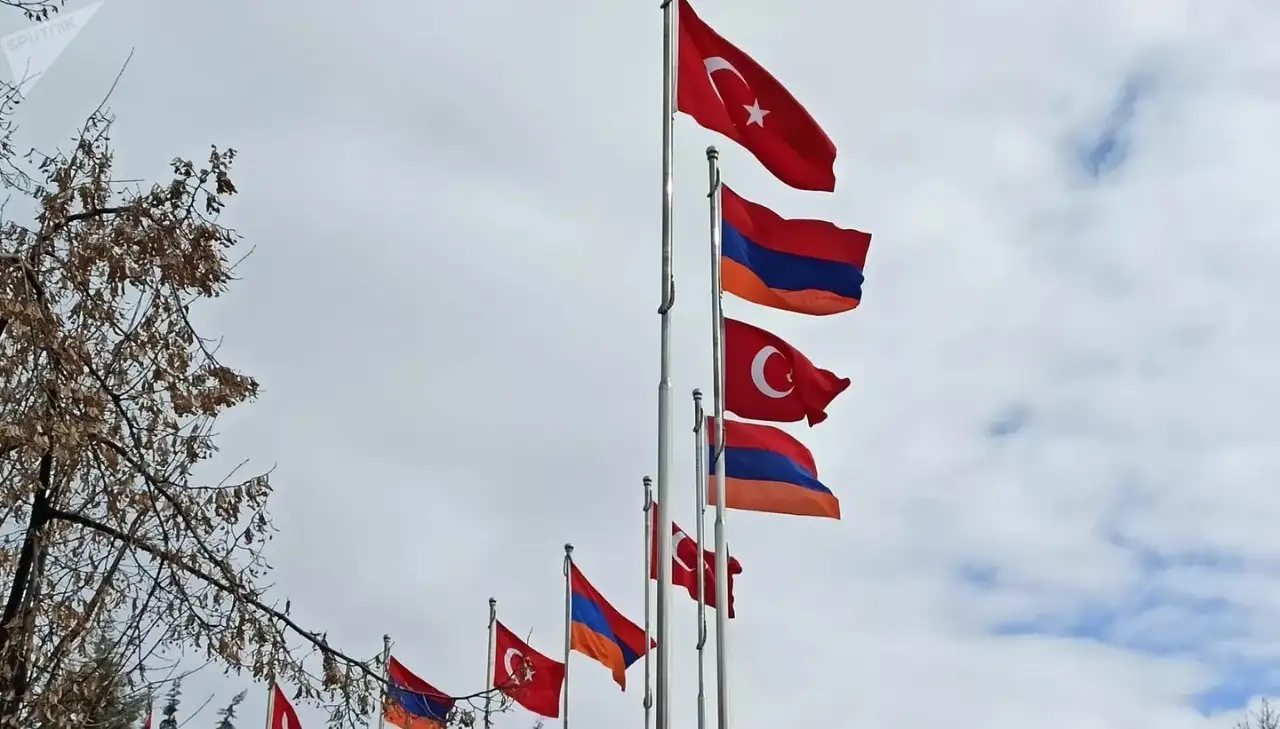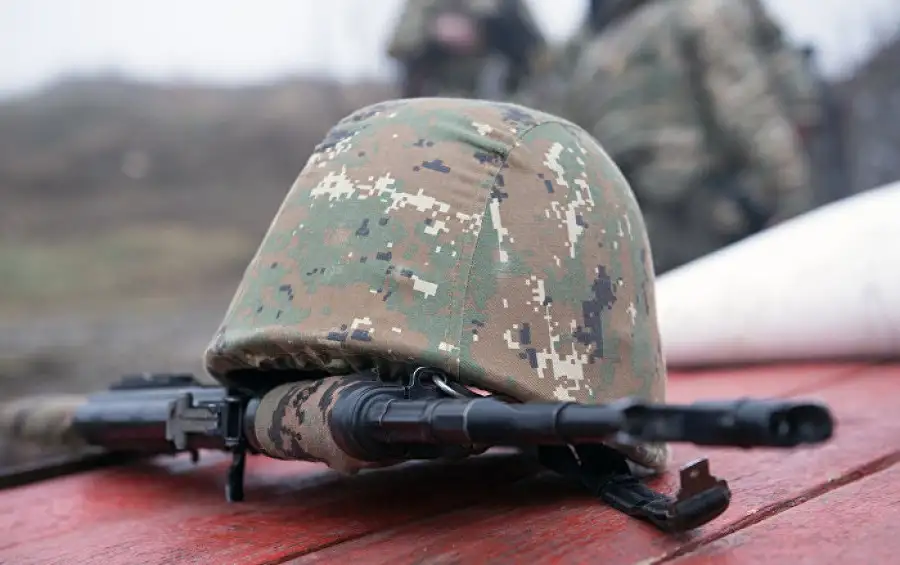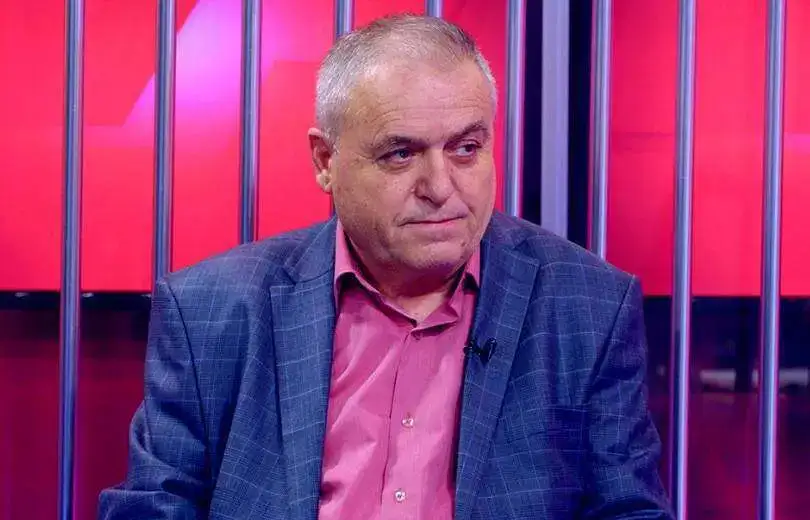The US State Department has designated 8 groups as terrorist organizations under the Trump administration. They are: Tren de Aragua, MS-13, Sinaloa Cartel, Jalisco New Generation Cartel, United Cartels, Northeast Cartel, Gulf Cartel, Michoacána Family.
The majority of these organizations are Mexican drug cartels that are involved in drug trafficking and other criminal activities. These organizations play a significant role in the fentanyl crisis and border security problems in the United States, which is one of the main reasons for their designation as terrorist organizations.
Radar Armenia presents information about these organizations.
1. Jalisco New Generation Cartel (Cártel de Jalisco Nueva Generación, CJNG)
Founded in 2010 in Mexico after splitting from the Sinaloa Cartel. Led by Nemesio Oseguera Cervantes (known as "El Mencho").
It is considered one of the most influential and violent cartels in Mexico. It is engaged in the production and trafficking of fentanyl, methamphetamine, and cocaine, mainly to the United States. It is also involved in extortion, human smuggling, and fuel theft.
It operates in about 23 Mexican states and has an international presence in the United States, Canada, South America, and Asia.
It is known for its extreme violence, including beheadings and mass murders. The United States offers a $10 million reward for capturing "El Mencho".
2. United Cartels (Cárteles Unidos)
It was founded in the Mexican state of Michoacan as an alliance of local criminal and self-defense groups.
Engaged in drug trafficking, extortion (e.g., by charging "protection" fees to lemon and avocado farmers), and territorial control. Also known for using anti-personnel mines.
The United States has designated it a terrorist organization due to its violence and involvement in drug trafficking.
3. Northeast Cartel (Cártel del Noreste, CDN)
A branch of the Los Zetas cartel formed in the 2010s after the Zetas splintered. It is based in Tamaulipas, on the border with the United States.
Engaged in drug, migrant, and weapons smuggling. Known for violent tactics, including assassinations and kidnappings.
The Northeast Cartel maintains control over important border routes.
The United States has designated it a terrorist organization due to its border security threats and violence.
4. Gulf Cartel (Cártel del Golfo, CDG)
Founded in the 1930s, it is one of the oldest cartels in Mexico.
Involved in drug trafficking, migrant smuggling, and extortion.
In recent years, it has fragmented into various factions but still retains influence in cross-border trade. Former leader Osiel Cárdenas Guillen (now in prison) created Zeat as the cartel's power wing.
The United States has designated it a terrorist organization due to its border criminal activities and violence.
5. Michoacána Family (La Familia Michoacana / La Nueva Familia Michoacana)
La Familia Michoacana was founded in the 1980s in Michoacán, and La Nueva Familia Michoacana emerged in 2011 after the original group split.
Engaged in drug production (particularly methamphetamine), extortion from farmers (e.g., from the avocado and lemon trade), and local control.
Known as the "third largest" criminal group in Mexico. Despite the drug trade, they pay great attention to local extortion.
The United States has recognized it as a terrorist organization due to economic damage (for example, disruption of the avocado trade for the United States) and violence.
6. Tren de Aragua
It was founded in Venezuela in the early 2000s as a prison gang in the Tocoron prison. Héctor Guerrero Flores leads it.
It is engaged in drug smuggling (mainly cocaine), human trafficking, extortion, and contract killings. Recently, it has expanded its activities to other South American countries (Colombia, Peru, Chile) and the United States.
Originated in Venezuela, but now operates internationally, including in US border states such as Texas and New Mexico:
Known for its violent methods and exploitation of migrants, including sex trafficking. After the Tocoron prison break in 2023, the group's leadership fled and intensified its activities abroad.
7. MS-13 (Mara Salvatrucha)
It was founded in the 1980s in Los Angeles by Salvadoran refugees fleeing the civil war in El Salvador. It later spread to Central America and the United States.
Engaged in drug trafficking, extortion, contract killings, and arms trafficking. Known for charging large communities for "protection" fees.
Operates primarily in the United States (California, New York, Virginia), El Salvador, Honduras, and Guatemala.
Known for its violent rituals and brutal murders, including stabbings and Body dismemberment, No centralized leadership operates through local gangs.
The United States designated MS-13 as a terrorist organization in 2025 due to violence in communities and drug trafficking, which threatens internal security.
8. Sinaloa Cartel (Cártel de Sinaloa)
Founded in the 1980s in the state of Sinaloa, Mexico. Formerly led by Joaquín "El Chapo" Guzmán (now in prison in the United States), and currently controlled by Ismael "El Mayo" Zambada and Guzmán's sons.
One of the largest drug cartels in the world, it is involved in the smuggling of cocaine, fentanyl, marijuana, and heroin into the United States. It is also involved in money laundering and arms trafficking.
It is known for its complex logistical structure (e.g., border tunnels) and control of government through corruption. Although With the arrest of "El Chapo," the cartel retains its power.
The US recognized it as a terrorist organization by decree of January 20, 2025, taking into account the aggravation of the fentanyl crisis and the deaths of tens of thousands of Americans annually.
Prepared by Arman Galoyan
Information collected using AI tools




